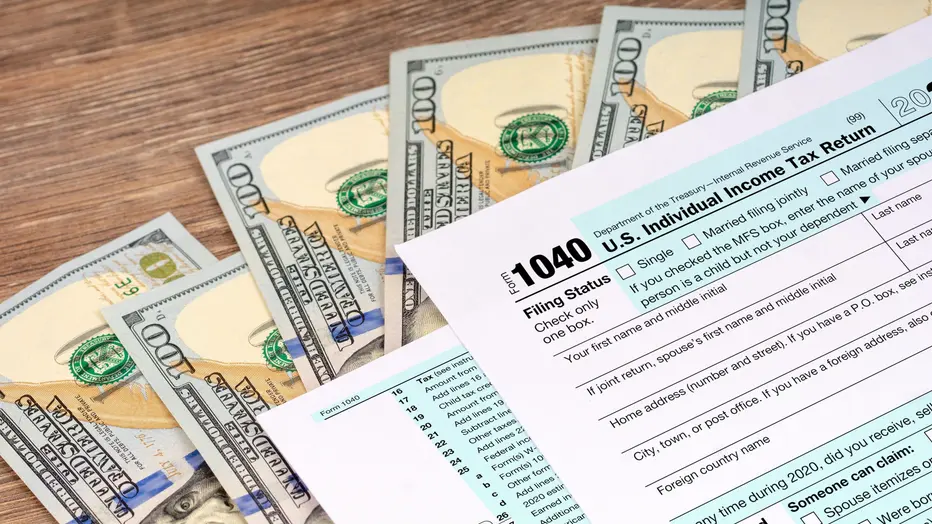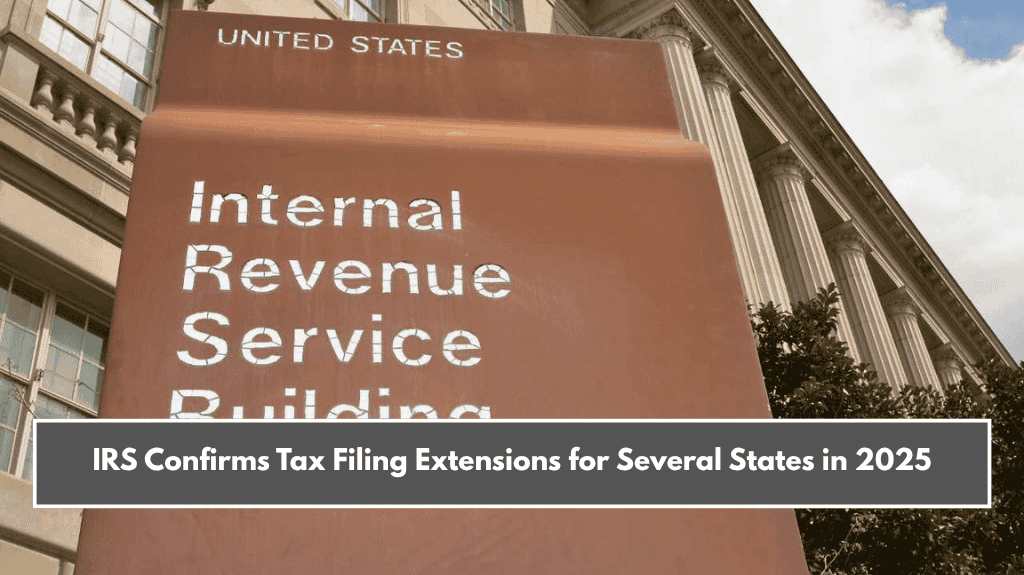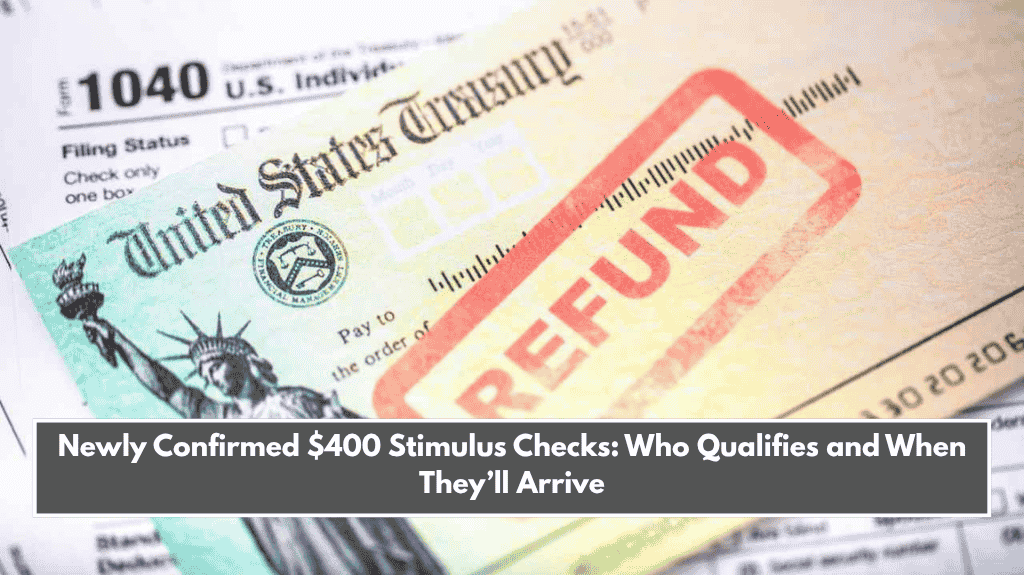Many Americans are talking about a possible $2,600 stimulus check in 2025. People want to know if they will get it and when the money will arrive. As of now, there is no official announcement from the IRS or the U.S. government. But this article explains what we know so far, who might qualify, and how to prepare in case a new stimulus is approved.
Overview: $2,600 Stimulus Check in 2025
| Topic | Details |
|---|---|
| Stimulus Amount | $2,600 (not yet confirmed) |
| Potential Eligibility | Based on income, tax filing, and needs |
| Payment Method | Direct deposit, paper check, or debit card |
| Expected Timeline | Not announced yet |
| Official Source | www.irs.gov |
What We Know So Far
Currently, the U.S. government has not confirmed a $2,600 stimulus check for 2025. While there is talk about more economic relief, no law has been passed to start payments.
In the past, stimulus checks helped families during tough times like the COVID-19 pandemic. These payments were meant to boost spending and support the economy. If a new package is approved, it will likely use similar rules for who qualifies.
Stimulus checks need Congressional approval, a budget, and decisions based on the country’s economic condition. If inflation is under control and jobs are steady, chances for a new check drop. But if a recession or crisis happens, Congress might approve payments.
Who Might Qualify for the $2,600 Stimulus?
Though no official rules exist, past stimulus payments can guide us:
- Income-Based Eligibility
- Individuals earning under $75,000/year usually got full payments.
- Married couples earning under $150,000/year qualified for full amounts.
- Partial payments were given to those earning above these limits, cutting off around $99,000 (individuals) and $198,000 (couples).
- Filing Status & Tax Returns
- People who filed tax returns the previous year were automatically eligible.
- Non-filers, low-income people, and Social Security recipients could claim payments with extra steps.
- Dependents & Family Size
- Dependent children and disabled adults listed on tax returns usually qualified for extra payments.
- Families with many dependents could get more than $2,600 in total.
- Social Security & Other Benefits Recipients
- People receiving Social Security, SSDI, SSI, or VA benefits qualified for earlier stimulus checks.
- New payments may be automatically sent to these beneficiaries too.

How Would the $2,600 Stimulus Be Paid?
If approved, payments will most likely be sent using:
- Direct Deposit: Money sent directly to bank accounts linked to your IRS tax or benefit records.
- Paper Checks: Mailed to those without direct deposit information.
- Prepaid Debit Cards: Used in past payments for people without bank accounts.
To be ready, keep your tax filings and banking information up to date with the IRS.
When Could the Stimulus Check Arrive?
Right now, there is no official date for a 2025 stimulus payment. If Congress approves it, the process usually follows these steps:
- Legislation passes (by Congress or Executive Order).
- The IRS begins payment processing, which takes about 2-3 weeks.
- Payments are sent out, with direct deposits first, then paper checks and debit cards.
- Most eligible people get payments within 1-3 months of approval.
What Should You Do Now?
If you want to receive any future stimulus payments:
- Regularly check updates on the IRS official website (irs.gov).
- Make sure your tax returns are filed on time.
- Update your direct deposit information if needed.
- Avoid trusting unverified news or scams.















